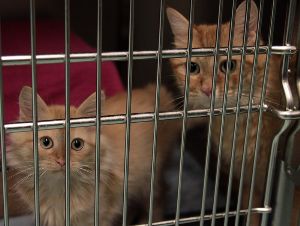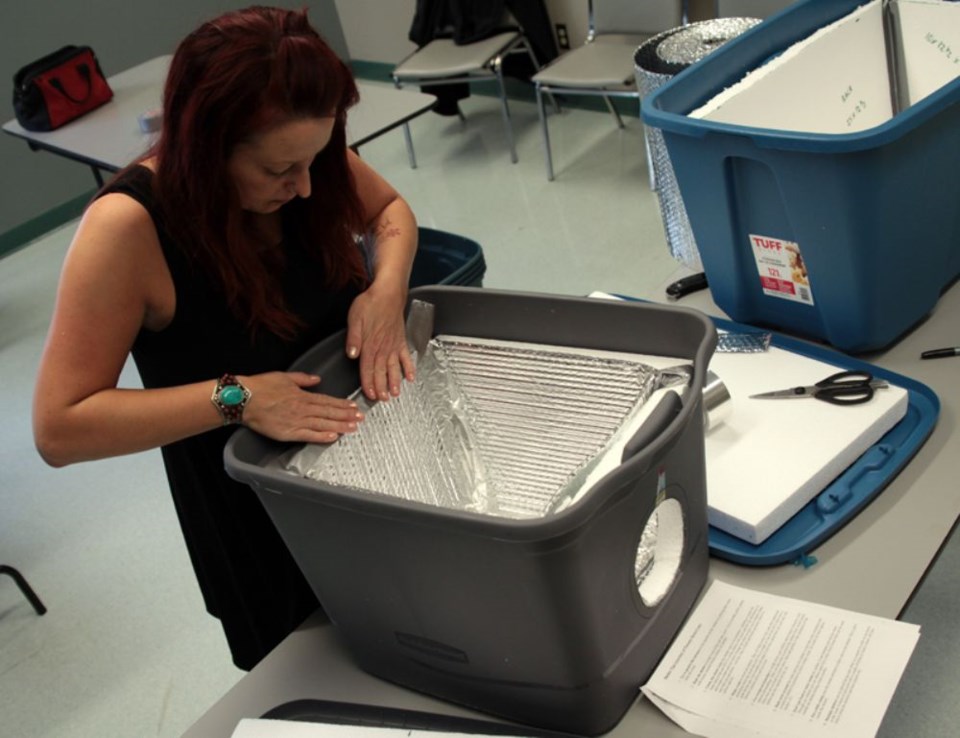THUNDER BAY -- An estimated 8,000 local feral cats live in this city, and a new pilot-project may give some of them a warmer place to stay this winter.
Local feral cats that are part of the Superior Street Cats Trap, Neuter, Return (TNR) pilot-project will have warmer places to stay this winter.
The Superior Street Cats Trap, Neuter, Return (TNR) pilot-project had volunteers duct tapping Styrofoam insulation to the insides of Rubbermaid containers at the City's Animal Services centre this weekend. The project will help put a city by-law change into action.
Before Aug. 31, it was illegal for all cats to roam free in Thunder Bay. Council modified that by-law at the request of Superior Street Cats to allow the organization to manage approved feral cat colonies.

The group is targeting specific areas where there are colonies of unowned community cats. The cats are being spayed or neutered, vaccinated and their ears are being tipped and tattooed to identify those that have been altered.
Caring for those colonies will involve placing the new shelters on private properties where the community cats will be provided with ongoing care. The group has the support of local veterinarians who are donating their time for the cause and the project is run entirely on donations.
"(The cats) continue to breed when they're not fixed. They end up at Animal Services and they get euthanized due to a lack of space, or because they are feral and unadoptable," said Emily Hopkins, the founder of Superior Street Cats.
"The humane and effective solution to reduce their numbers is trap, neuter and return."
Hopkins added that the old method of dealing with these cats was to trap and remove with these cats being brought into the City's Animal Services.
Hopkins said the old method of dealing with these cats was to “trap and remove” with these cats being brought into the City's Animal Services. When cats are trapped and removed, a “vacuum effect” is created and more feral cats move into the now available territory.
TNR is a much more effective method because the returned cats will hold their territory, stabilizing the population and reducing their numbers for the long term. By working with people who are already feeding the cats, the whole colony will be targeted, reducing the likelihood of leaving behind cats that are unaltered.
Anyone wishing to help or donate to Superior Street Cats can visit the Animal Services Centre on Alloy Place.
